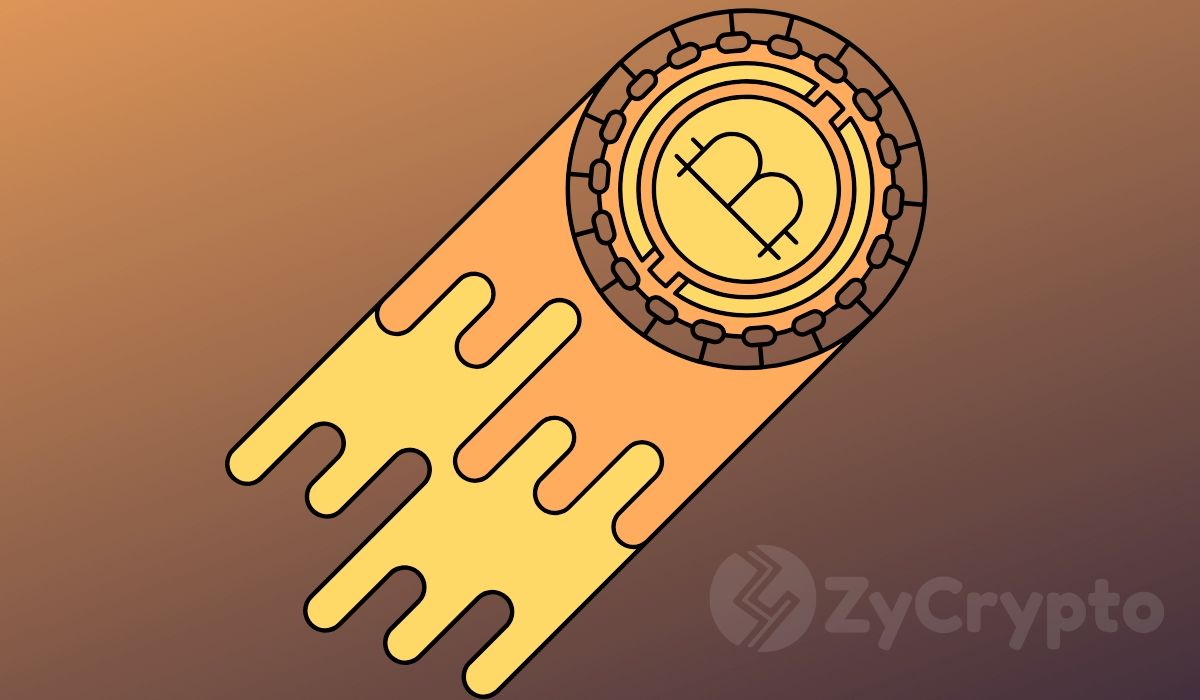ARTICLE AD BOX

The cryptocurrency market is very dynamic and volatile. This makes it difficult for new investors to be competitive and, therefore, successful. However, there are some key on-chain indicators frequented by tech-savvy investors in 2024. The use of these tools allows for an understanding of the trend and an appreciation of the long-term perspective.
While some of these indicators are simple to grasp, some require time to understand and apply them accordingly. It is worth mentioning that on-chain indicators tap into blockchain data as opposed to technical indicators which are majorly applied to price charts.
Various platforms offer on-chain data and indicators to investors. Some come free while others may require a subscription. Depending on the level of understanding, and the need at hand, investors are at liberty to settle for any of the reputable platforms including Santiment, Glassnode, Crypto Quant, Coinglass, Defi Llama, and more.
This article will delve into some of the most sought-after on-chain indicators by tech-savvy investors ahead of a potential bull run in 2024.
-
MVRV Ratio – Tracking Aggregate Investor Behaviour
The MVRV ratio also known as the Market Value to Realized Value is used to track the aggregate investor behaviour either to or from the cost baseline. According to Sentiment, it studies “the ratio between the current price and the average price of every coin/token acquired.”
As the ratio swells, it means that investors would be willing to offload and take profits. In simpler terms, it signals whether an asset is undervalued or overvalued.
Some investors also refer to it as a mean reversion style model since the Realised Cap (weighted market cost baseline) is used as the mean while the MVRV tracks the deviation from the same mean.
 Bitcoin MVRV chart | Santiment
Bitcoin MVRV chart | SantimentThe rate can be positive or negative with 100% or 2.0 posting at x2 or 100% profit on average for investors selling the token. Traders stand to gain more at higher ratios.
On the other side of the fence, when the MVRV is negative it implies an undervalued digital asset. Investors sold the token driving the price down. This also signals the time to buy at the current price.
2. Realised Profit and Loss
The Realised Profit and Loss on-chain indicator is another trusted tool used by traders and analysts. Glassnode Studio, dives into the concept of pricestamping. Each token or coin is linked to a price and time it was sent on the blockchain.
Using the above data, two key parameters come to life: The “Coins spent above acquisition value Realized a Profit” and the “Coins spent below acquisition value Realized a Loss.”
Traders can then narrow down to the capital inflows and outflows of an asset like Bitcoin allowing for both short-term and long-term outlooks as well as sentiment in the market.
Note that a Net Realised Profit/Loss is particularly calculated by misusing Realised Loss from Realised Profit. The Realised P/L would then refer to the ratio between Realised Profit and Realised Loss.
 Bitcoin Realised P/N | Glassnode
Bitcoin Realised P/N | GlassnodeA few elements emerge from this indicator such as an overview of the macro trend of an asset, close to accurate shifts in market sentiment, and the actual dominating factor of capital inflow and outflow of the crypto network.
Spent Output Profit Ratio (SOPR)
Most ardent investors consider this on-chain indicator a game changer. The Spent Output Profit Ratio tracks the extent of the realized profit and loss for all coins moving on the blockchain. It is arrived at by calculating the spent outputs, the realized value (in USD), and dividing by the value of the coins at creation (in USD) of the output. In simple terms, the SOPR is calculated by getting the ratio of price sold to price paid.
 Bitcoin SOPR | Tradingview
Bitcoin SOPR | TradingviewInterpretation: An SOPR value of more than 1 suggests that coins moved on-chain on that particular day are in profit. Or rather, price sold is higher than price paid.
On the other hand, a value less than 1 means that the coins that moved on-chain on that day are at a loss. Or rather, price sold is lower than price paid.
As for the SOPR value of 1 finds that coins that moved on-chain on that particular day were doing so at the break-even point, or on average.
A consistent spike in the SOPR creates a peak and is often witnessed during a bull market signaling a local or macro top. In this case, investors can buy when the SOPR is trending consistently downwards and sell to profit as the indicator moves toward a peak.
Bottom Line
It is remotely impossible to depend solely on price action to make informed decisions in the crypto market. Select on-chain indicators must be consolidated to get a wider scope of sentiment in the market—when to buy, hold, or sell.
The post 3 On-Chain Indicators Tech-Savvy Investors Running To In 2024 appeared first on CoinGape.
.png)
 6 months ago
4
6 months ago
4








 English (US)
English (US)